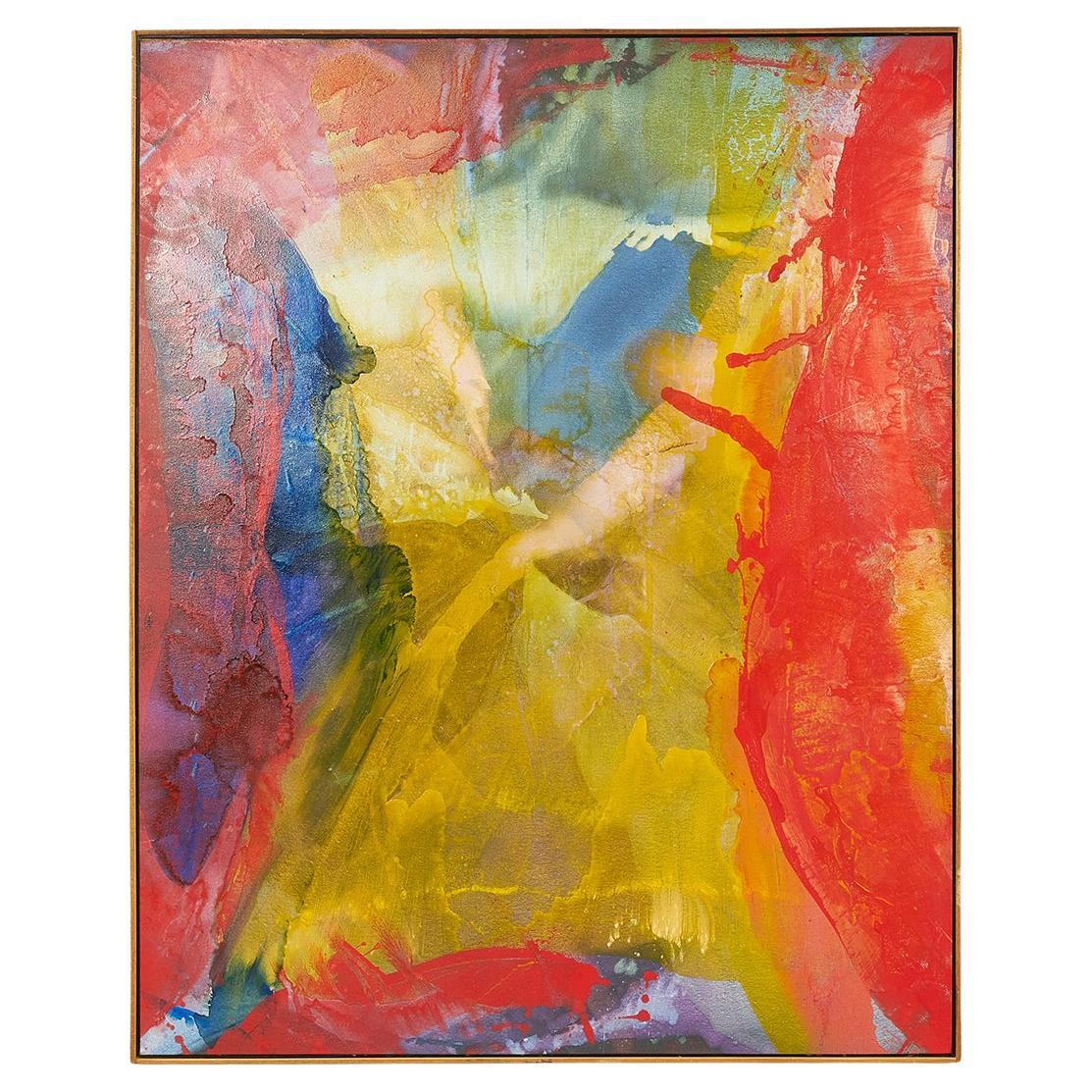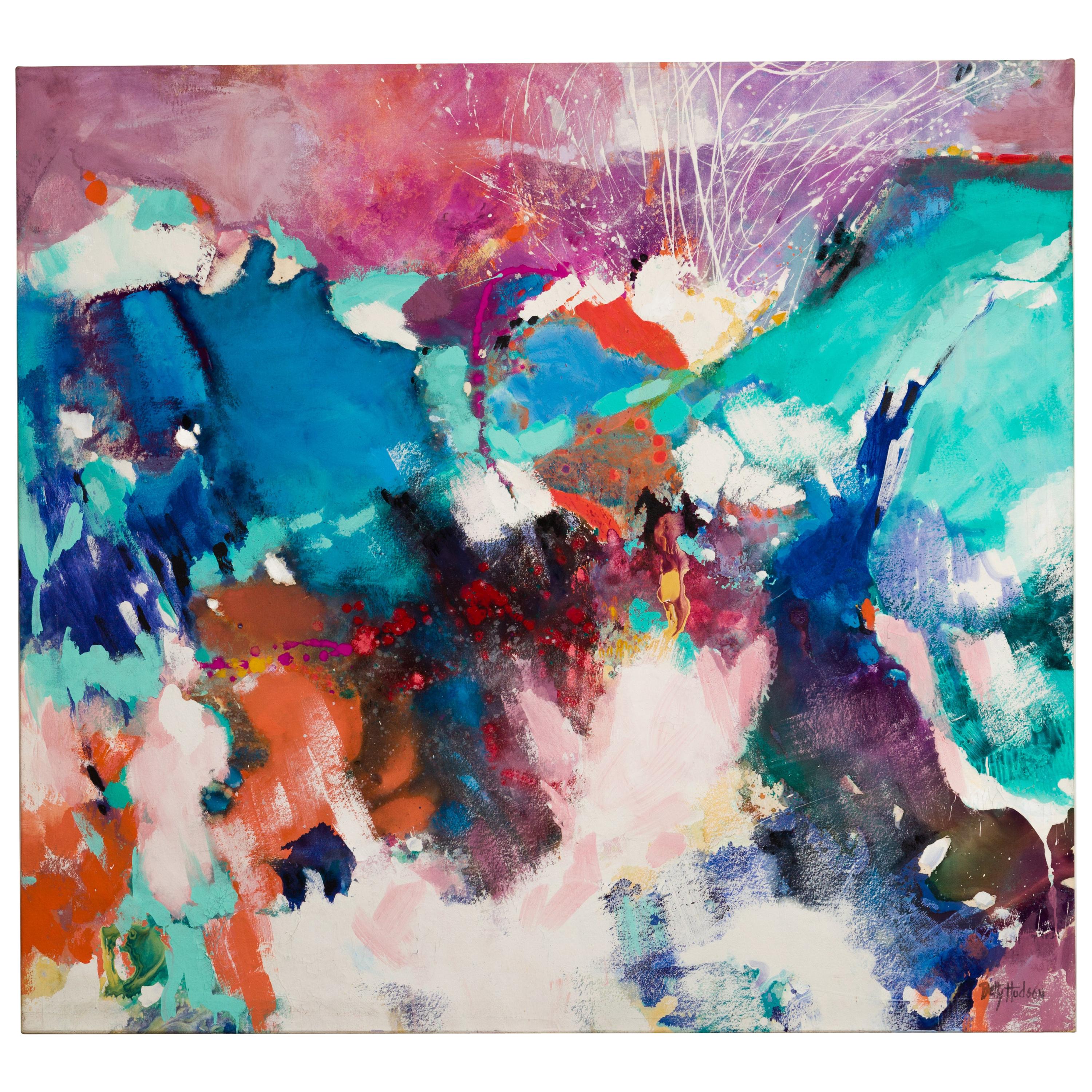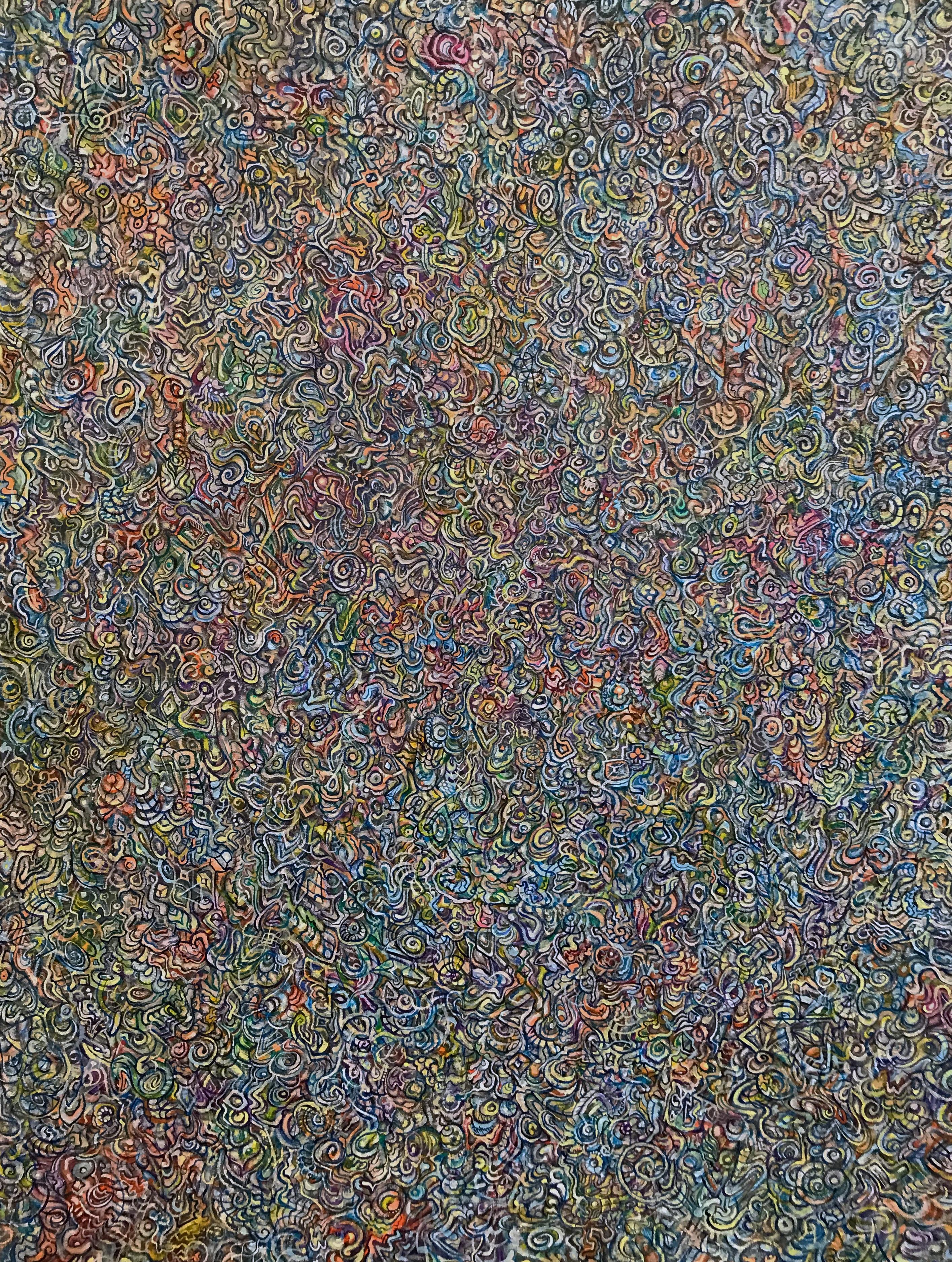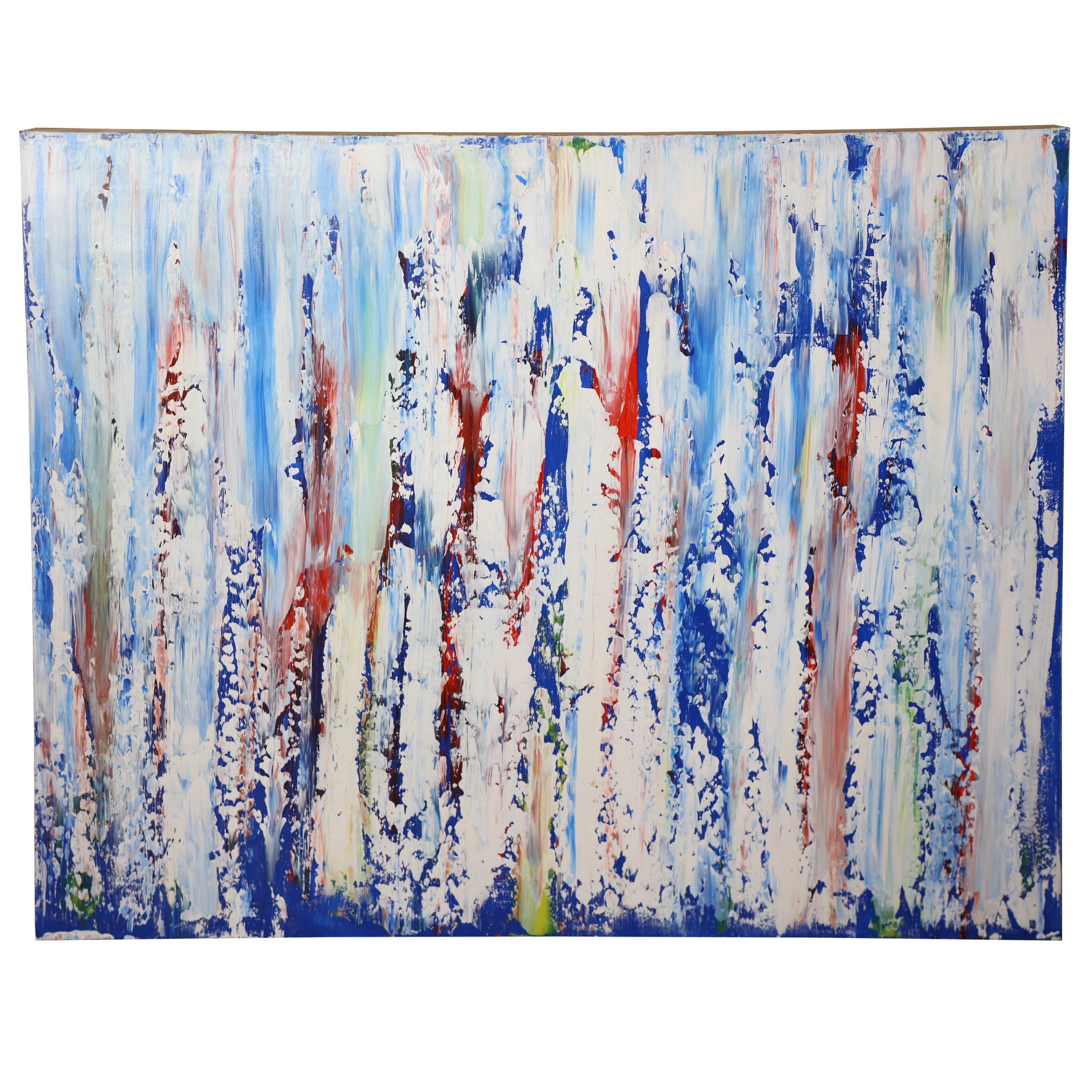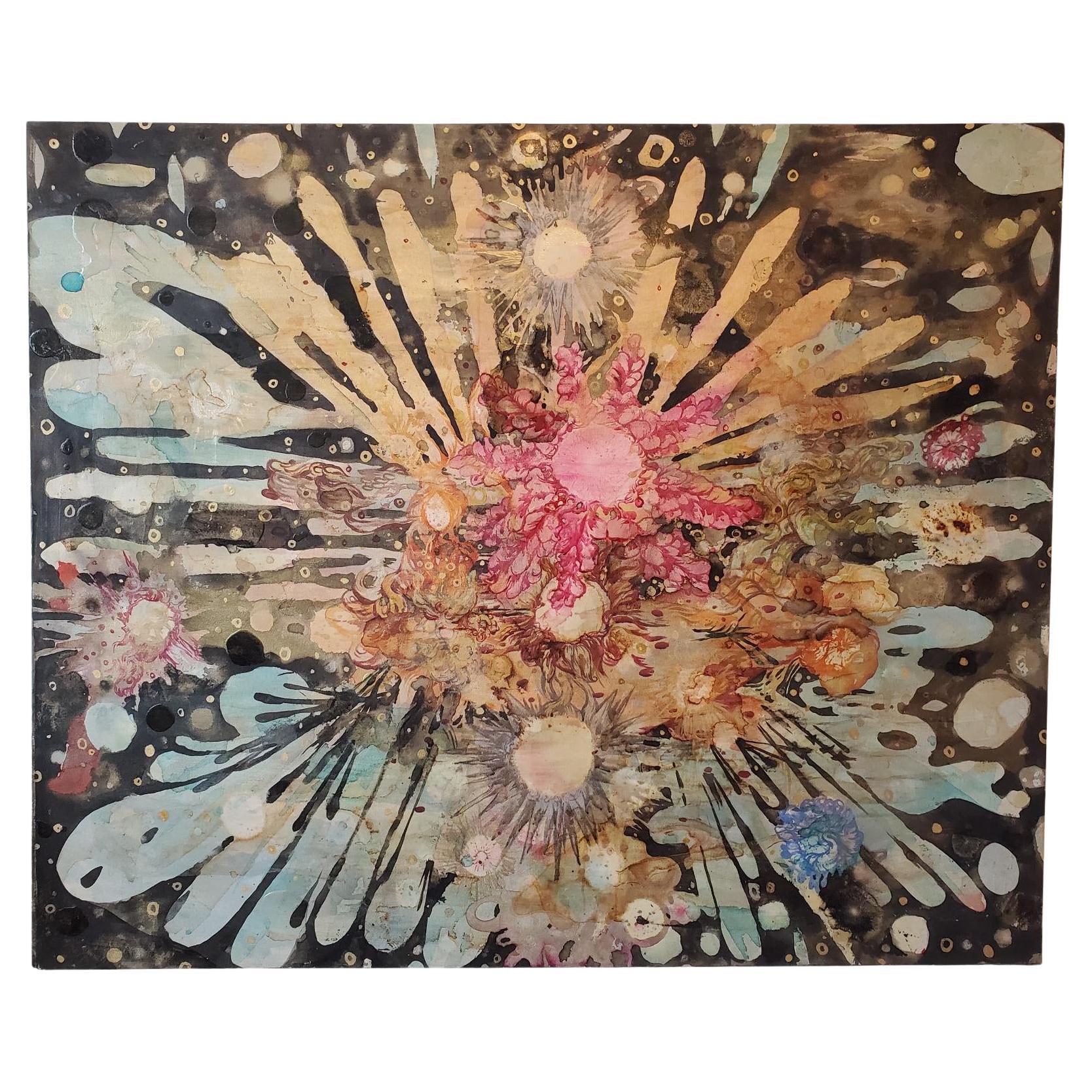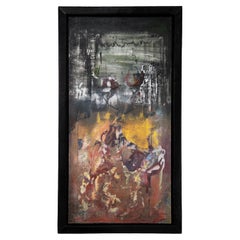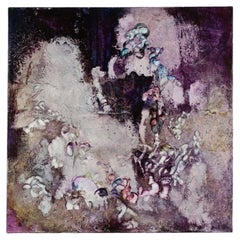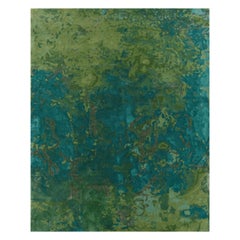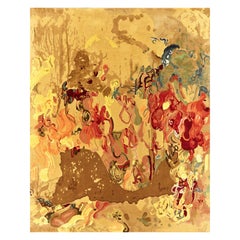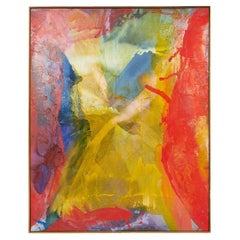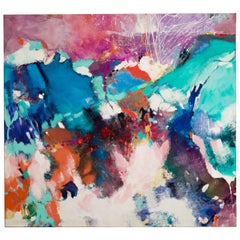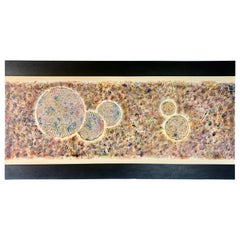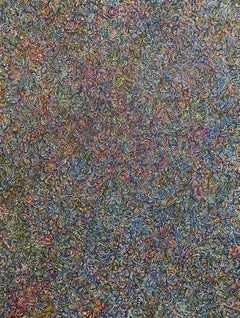Items Similar to Rainbow Bridge - airbrushed acrylic painting
Want more images or videos?
Request additional images or videos from the seller
1 of 5
Rainbow Bridge - airbrushed acrylic painting
$15,000
£11,389.86
€13,025.15
CA$20,957.18
A$23,308.95
CHF 12,171.21
MX$283,645.17
NOK 155,444.94
SEK 145,779.93
DKK 97,211.69
Shipping
Retrieving quote...The 1stDibs Promise:
Authenticity Guarantee,
Money-Back Guarantee,
24-Hour Cancellation
About the Item
This is part of an airbrush series Larry created on wood panel.
The frame is also customized by him.
Larry did a large scale version of this airbrush on a garage door in Chicago - outdoor mural. Video on our website: larryrobertschicago
- Creator:Larry Roberts Chicago LLC (Artist)
- Dimensions:Height: 50 in (127 cm)Width: 50 in (127 cm)Depth: 2.5 in (6.35 cm)
- Style:Modern (Of the Period)
- Materials and Techniques:
- Place of Origin:
- Period:
- Date of Manufacture:2011
- Production Type:New & Custom(One of a Kind)
- Estimated Production Time:Available Now
- Condition:
- Seller Location:Chicago, IL
- Reference Number:1stDibs: LU8181237774432
Larry Roberts Chicago LLC
Larry Roberts Chicago was established to represent the late artist, Larry Roberts original works of art and the derivatives created from them.
Larry was an abstract, figurative and expressionist painter. He was a true master colorist who used acrylic paint as his main medium to evoke raw, visceral images, drawing from the subconscious and the darkness it finds there.
We offer truly one-of-a-kind hand tufted and hand knotted rugs, made to order, original works of art, accessories and clothing (coming).
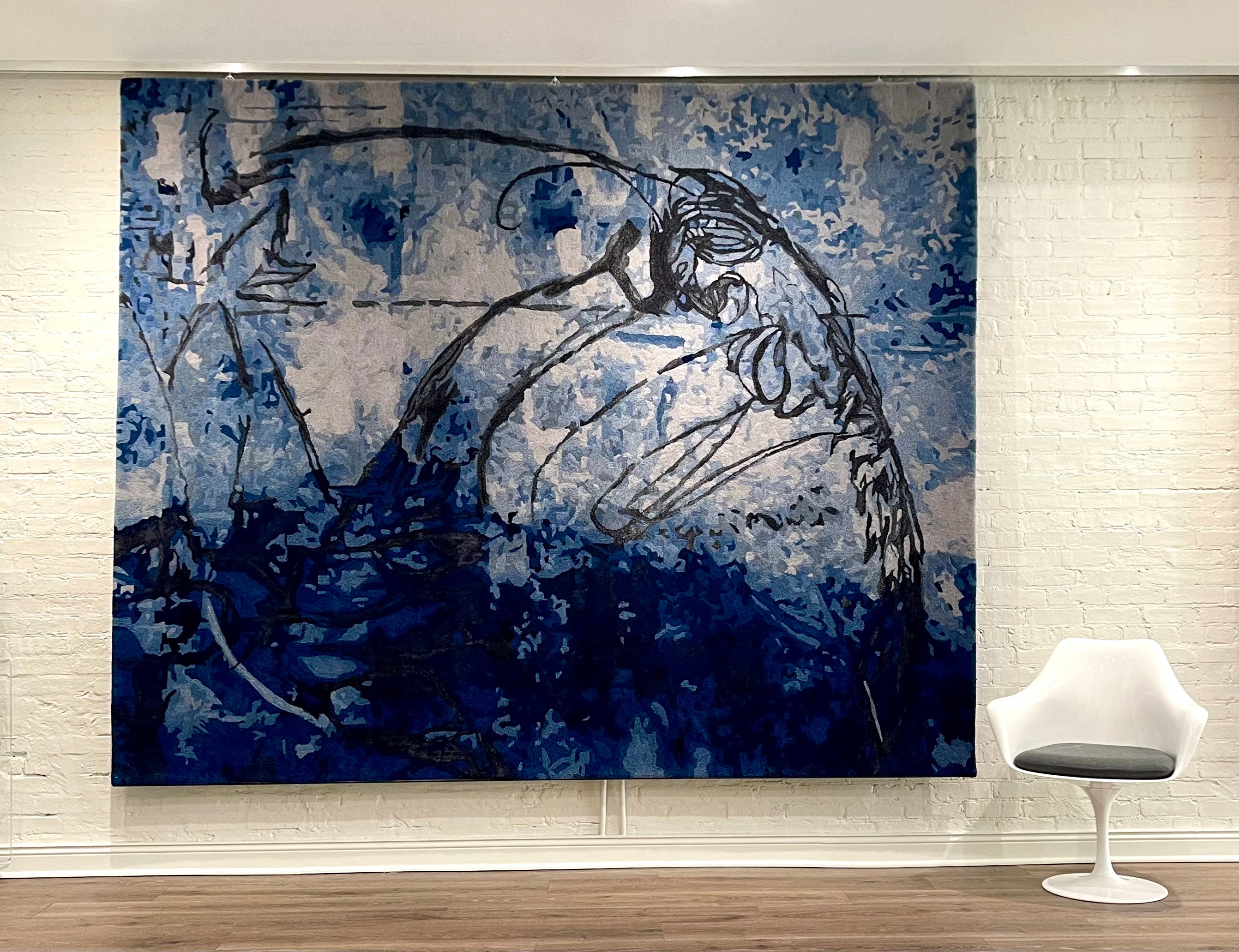
About the Seller
No Reviews Yet
Vetted Professional Seller
Every seller passes strict standards for authenticity and reliability
Established in 2018
1stDibs seller since 2023
- ShippingRetrieving quote...Shipping from: Chicago, IL
- Return Policy
Authenticity Guarantee
In the unlikely event there’s an issue with an item’s authenticity, contact us within 1 year for a full refund. DetailsMoney-Back Guarantee
If your item is not as described, is damaged in transit, or does not arrive, contact us within 7 days for a full refund. Details24-Hour Cancellation
You have a 24-hour grace period in which to reconsider your purchase, with no questions asked.Vetted Professional Sellers
Our world-class sellers must adhere to strict standards for service and quality, maintaining the integrity of our listings.Price-Match Guarantee
If you find that a seller listed the same item for a lower price elsewhere, we’ll match it.Trusted Global Delivery
Our best-in-class carrier network provides specialized shipping options worldwide, including custom delivery.More From This Seller
View AllAbstract acrylic painting with Hair on Hide custom frame
By Larry Roberts Chicago LLC
Located in Chicago, IL
This extremely unique piece by the late Artist, Larry Roberts, was uncovered from the archives and has never been shown. This piece has an organic shaped paper adhered to the wood, ...
Category
Early 2000s American Modern Paintings
Materials
Abalone, Acrylic, Wood, Paper
“God of Panic”, acrylic on canvas
By Larry Roberts Chicago LLC
Located in Chicago, IL
“God of Panic”, created by the late immensely talented artist, Larry Roberts.
This piece is one of the last in a series he created in 2009.
Acrylic on canvas.
His abstract, figur...
Category
Early 2000s American Modern Paintings
Materials
Canvas, Acrylic
Original Art Rug...Hand Tufted...Custom Made to Order...Colorful
By Larry Roberts Chicago LLC
Located in Chicago, IL
Original trademark design by the late artist, Larry Roberts.
This rug is hand tufted to size using the finest New Zealand Wool and Silk. No two are exactly the same. Hand Tufted by the most skilled weavers in India, who also hold badges for: Green Guard...
Category
2010s Indian Modern Indian Rugs
Materials
Wool, Silk
One of a Kind, Abstract Hand Tufted Rugs, “Photophilic Emergings”
By Larry Roberts Chicago LLC
Located in Chicago, IL
Each rug is unique, no two are the same, custom woven/hand tufted to your specifications by the best weavers in India. Our partner in India holds the certifications for:
Green Guard Gold
Fair & Care
Rug Mark
Good Weave
We know that quality, originality, attention to detail, and being knowledgeable of where and how your rug is made, is important to you and us.
Larry Roberts Chicago...
Category
21st Century and Contemporary Indian Modern Indian Rugs
Materials
Wool, Silk
One of a Kind, Abstract Hand Knotted Rugs, ‘Photophilic Emergings’
By Larry Roberts Chicago LLC
Located in Chicago, IL
The Larry Roberts Chicago Rug Collection is a truly “one-of-a-kind” line, derived from he original works of art, by the late, abstract figurative...
Category
21st Century and Contemporary Indian Modern Indian Rugs
Materials
Wool, Silk
White and Blue Abstract Area Rug - Sumi Blue
By Larry Roberts Chicago LLC
Located in Chicago, IL
Each Larry Roberts Chicago rug is a work of art—meticulously hand-tufted or hand-knotted from the original paintings of Larry Roberts, a celebrated painter, poet, and musician. These...
Category
2010s Indian Modern Indian Rugs
Materials
Wool, Silk
You May Also Like
Large Multi-Colored Abtract Painting "Color In Space" by John Link
By John Link
Located in Greensboro, NC
A large acrylic and alkyd colorfield painting by Late artist John Link (1942-2021) titled" Color in Space", 2007
Framed in the artist's chosen wooden frame, the title describes the ...
Category
Early 2000s North American Post-Modern Paintings
Materials
Resin, Acrylic, Wood
"West Coast" Abstract Acrylic Canvas Painting by Betty Hudson, circa 1980s
Located in New York, NY
Large 1980s abstract acrylic on canvas painting entitled "West Coast", by painter Betty Hudson. Splashes of aqua, indigo, seafoam green, gold, coral, seas...
Category
20th Century American Modern Paintings
Materials
Canvas
Abstract Rainbow Painting on Canvas
Located in Denton, TX
Abstract rainbow spots painting on canvas. This is a very unique design that adds a funky touch of color. Can be hung vertical or horizontal.
Category
Early 2000s Modern Paintings
Materials
Canvas, Paint
"A Bridge That Doesn’t Exist", Abstract Acrylic Painting on Fabric, Colorful
By Ethan Meyer
Located in St. Louis, MO
Groot Foundation Grant Honorable Mention Recipient 2025
"My work, both in painting and sculpture, involve networks of intricately connected, overlapping, and morphing shapes and pat...
Category
2010s Contemporary Abstract Paintings
Materials
Fabric, Acrylic
Colorful Abstract by the Noted Californian Artist John Szabo
By John Szabo
Located in Palm Springs, CA
A quite stunning abstract by the noted Californian artist John Szabo. This piece is electric with it's vibrant tones. She minor handling marks.
Category
21st Century and Contemporary American Paintings
"You So Sweet" 2023 Large Black, Multicolor Abstract Painting By Lowell Boyers
Located in New York, NY
"You So Sweet" (2023) by Lowell Boyers is a luminous, high-energy composition-an explosion of color that feels both intimate and cosmic. Against an inky black ground, bursts of hot ...
Category
2010s American Modern Paintings
Materials
Resin, Acrylic
More Ways To Browse
Chinese Carved Window
Chinese Marquetry
Cypress Tree Wood
Design Group Clock
Desk Ball Claw Feet
Dior Top 2002
Dragon Jardiniere
Duke Of Wellington
Edo Samurai
Empire Period Commode
Folded Steel Wall Sculpture
French Leather Horse
Malta Antique
Mother Of Pearl Inlay Panel
Pair Spanish Cabinets
Pair Swedish Chest Drawers
Picnic Set
Pivot Cabinet
